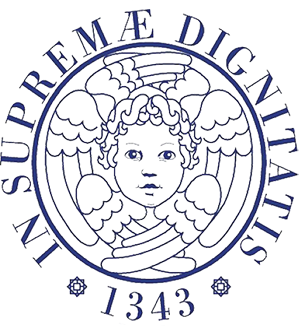Definition:
Ureterocalicostomy is an open surgery where an anastomosis (linkage) between the ureter and a lower kidney cavity is practiced.
Indications:
It is indicated in case of stenosis of the pyeloureteral junction (pathological restriction between renal urinary tract and first ureter section), when such stenosis can not be surgically corrected by pyeloplasty.
The most common indication is a failed pyeloplasty intervention in the presence of severe peripielica and periureteral fibrosis and small pelvis.
In general, this intervention can be indicated in all situations where there is obliteration of proximal ureter and extrarenal pelvis (previous surgery for kidney stone, Tbc, trauma); Another indication is in the horseshoe kidney.
Technical Description:
The technical prerequisite for its execution is that the ureter can be brought over to the lower end of the kidney by 1-2 cm without excessive tension.
The surgery takes place with an incision on the side giving access to the kidney, called lombotomy. Once the ureter has been identified, it is isolated as far as possible (its mobility is important), dissected at the level of the obstruction and spatulated at its end. The renal parenchyma is then opened at the lower pole until it is discovered and opened the lower cavity (sometimes it is necessary to mobilize the kidney and dislocate the kidney down to avoid tractions). This cavity is anastomosed (i.e. connected) to the ureter with absorbable stichtes. It is necessary to use an ureteral stent that acts as an anastomosis tutor (suture impermeability protection and guidance for its healing seamlessly) that is made going out from the skin (nephrostomy) or urethra (urethral catheter); a drainage is also left in the kidney lodge, indicating possible bleeding and urinary leakage due to poor anastomosis (function deficiency of the tutor).
Preparation for intervention:
The preparation includes trichotomy, evacuative enema, fasting from midnight on the previous day, antibiotic and antithrombotic prophylaxis in the cases at risk.
Duration of intervention:
Since it is almost always a reintervention, the execution times, conditioned on postoperative adherence of tissues, may also be very long and vary, hardly less than 1-2 hours.
Type and duration of hospitalization:
The hospitalization is ordinary. Anastomosis protection should be guaranteed with ureteral stent (typically 2 weeks, less than that in modern days); The patient’s stay (or at least his presence in a protected environment) is appropriate until after the removal of the tutor. The use of autostatic stent (double J) may reduce hospitalization time (up to 10 days), but requires to come back for endoscopic stent removal.
Results:
The percentage of successes reported in literature varies from 50 to 75%.
Advantages:
It is an intervention that allows good drainage of the urine by eliminating the risk of dangerous dissections in the pyelo-ureteral joint area rich in important vessels. In the horseshoe kidney the need for a hysterectomy (removal of the link between the two kidneys in the horseshoe kidney) is avoided in order to obtain good urine drainage.
Disadvantages:
The disadvantages are those of an iterative surgery (mostly), burdened by a high index of complications and failures.
Side effects:
No one in particular if the outcome of the intervention is favorable. Bladder irritative stimuli may be present if a double stent is inserted.
Complications:
Possible complications include hemorrhage, infection, poor anastomosis, anastomosis stenosis: they may require re-intervention and, in extreme situations, nephrectomy.
At discharge:
Prolonged therapy with antibiotics should be used.
How to behave in case of complications arising after discharge:
If you experience lumbar pain or fever you should refer to the your urological center.
Checks:
The successful outcome of the operation should be monitored with renal function monitoring and evaluated 1 month after surgery with ultrasound and 3 months after surgery with urography.
The first and decisive check can be carried out during the stay if an external tutor is placed (nephrostomy or ureteral catheter coming out): the anastomosis (absence of contrast medium extravasation) is documented radiologically and the tutor can be removed (15 days after the intervention).

